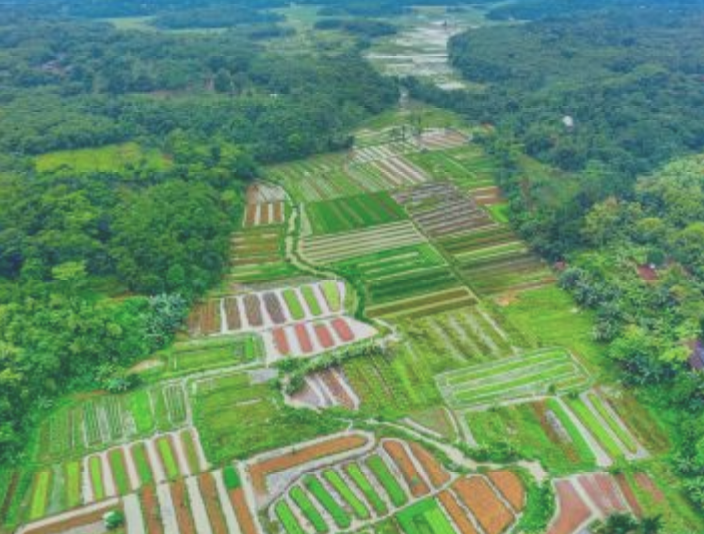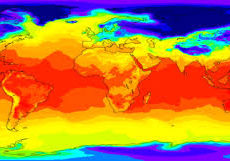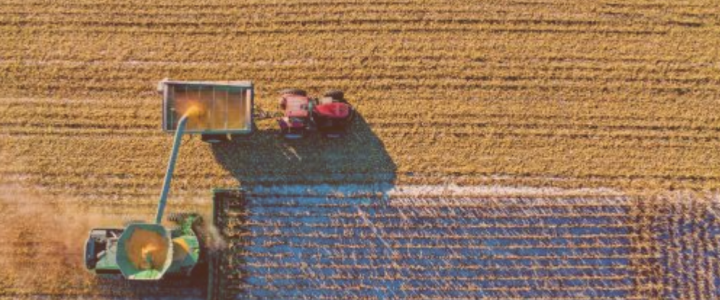
Whenever we talk about the Climate Crisis, the first issues mentioned are usually about reducing our carbon footprint, living sustainably, removing fossil fuels and transitioning to renewable energy. Very rarely does anyone immediately think of how our land is being utilized. But that is exactly what the latest report from the Intergovernmental Panel on Climate Change (IPCC) suggests we need to be taking a closer look at.
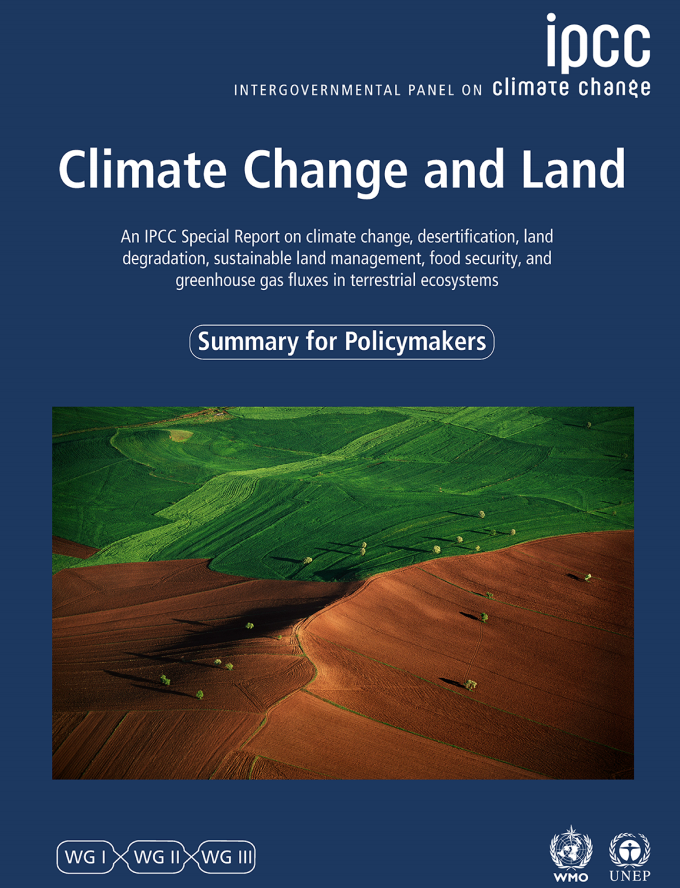
We have long been told about the destruction of the Amazon for the production of pulp for our paper products. Activist sites are dedicated to education and reduction of excessive pulp harvesting. But we are moving towards sustainable forestry. This shift is huge, considering one third of our anthropogenic carbon emissions are sequestered by forests. So sustainably managed reforestation of these areas is vital.
But land is not only cleared to make paper. The agricultural industry is continually expanding to meet the food demands of our growing population. The IPCC report informs that up to 24 percent of all human anthropogenic emissions are generated from land use and its conversion from native habitat, largely for agriculture.
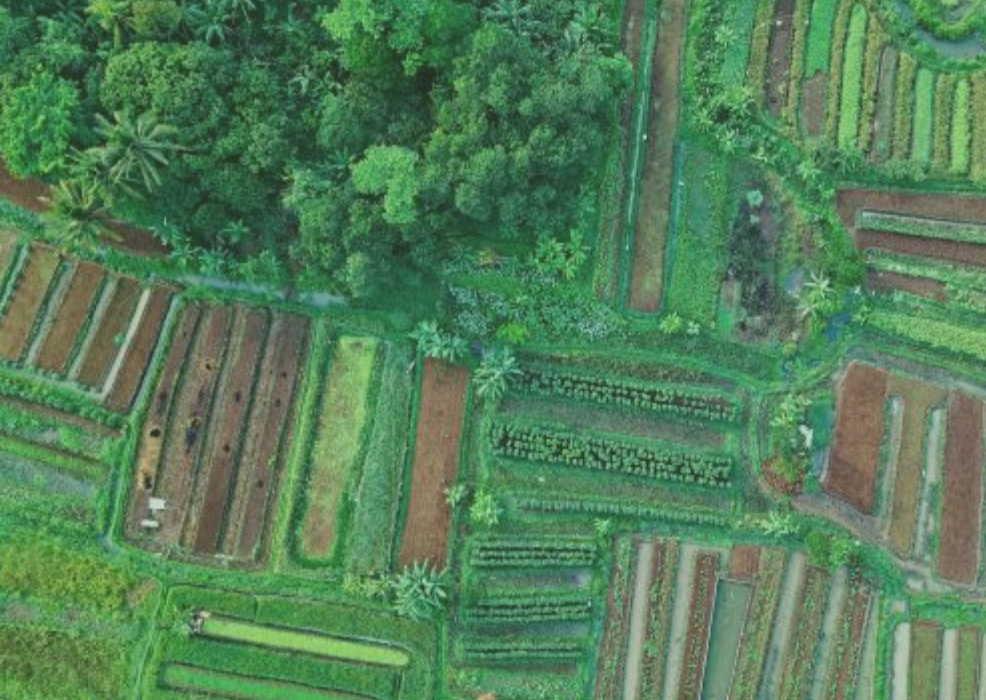
Clearing land for agriculture is a multi-edged sword. Soil health deteriorates over time, reducing yields, and clearing the land of vegetation removes a vital sink for carbon sequestration. Rearing livestock on converted land has the significant impact, especially if raised on grain.
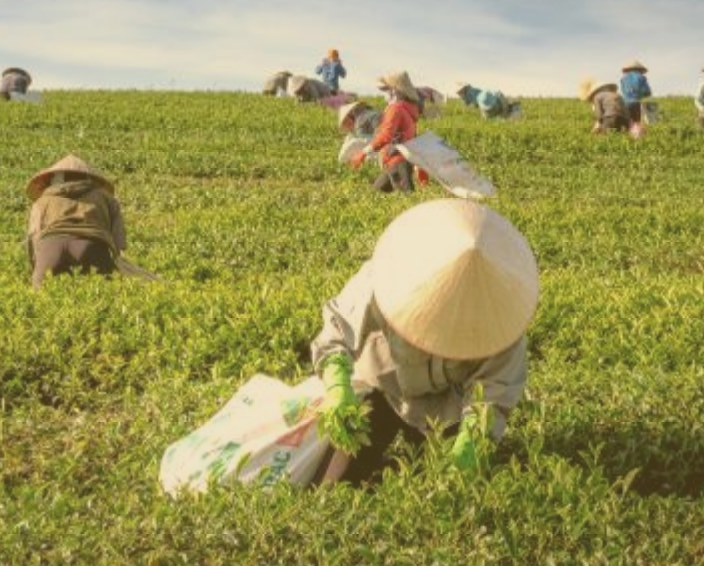
Plotting the data from the USDA, since the 1960’s, we can see our per capita consumption of red meat has declined. However, a sharp increase in poultry consumption has led the trend for an increase of 31% in total meat consumption. In order to make the sustainable targets we need our consumption of red meat (and meat in general) to fall dramatically further. Current per capita consumption of beef produces over 3000lbs of Carbon emissions each year – over 75% of our sustainable footprint.
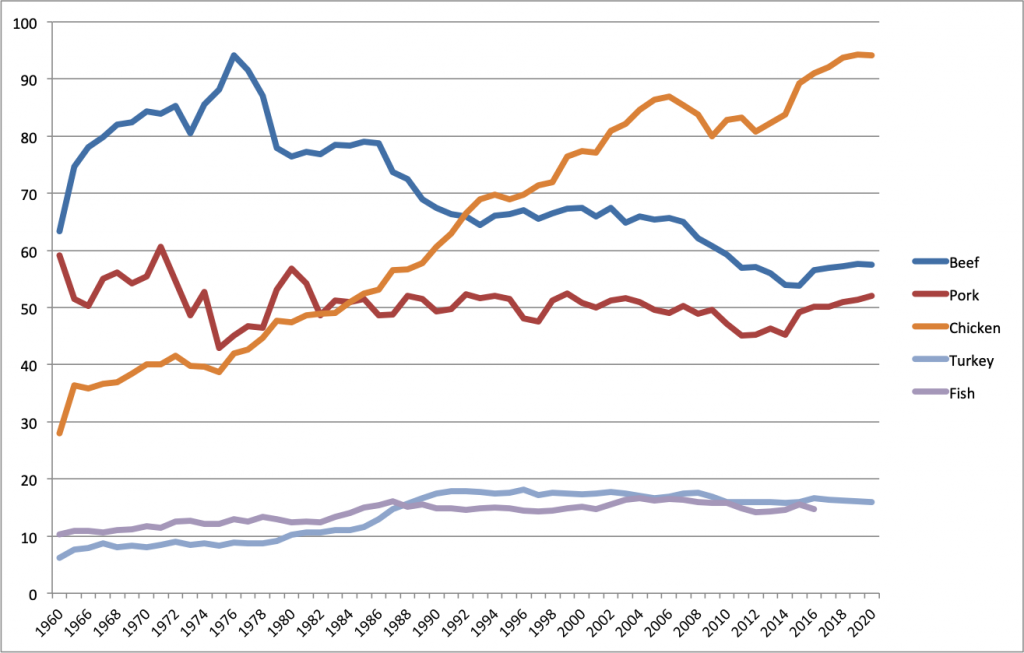
The IPCC report highlights Food Security as key to our survival, but notes the food system is under pressure from not only population and income growth, and the demand for animal-sourced products, but also from climate change. The report states there is a high confidence that observed climate change is already affecting food security through increasing temperatures, changing precipitation patterns, and greater frequency of some extreme events.
But not only the supply side needs examination. A key point in the report shows us other factors: Combining supply side actions such as efficient production, transport, and processing with demand-side interventions such as modification of food choices, and reduction of food loss and waste, reduces GHG emissions and enhances food system resilience.

Governments need to understand the science that the panel has uncovered. They need to commit to available solutions and work towards others. Climate change is a complex multifaceted crisis. Up to one third of our carbon footprint can be attributed to the food we purchase. Agriculture, food production, and deforestation are major drivers of climate change.
